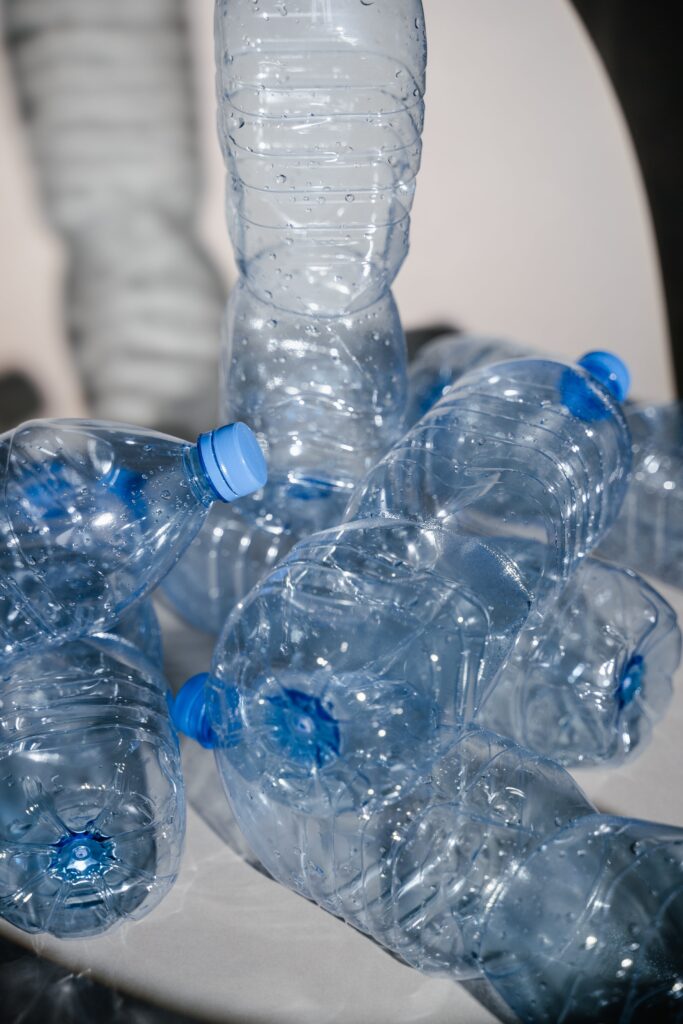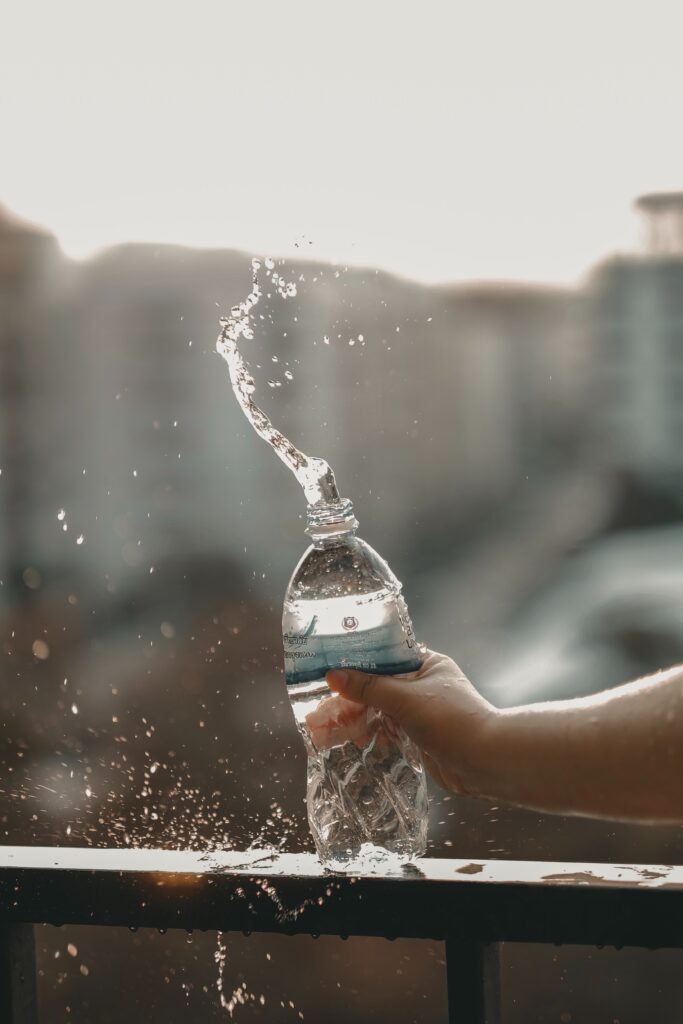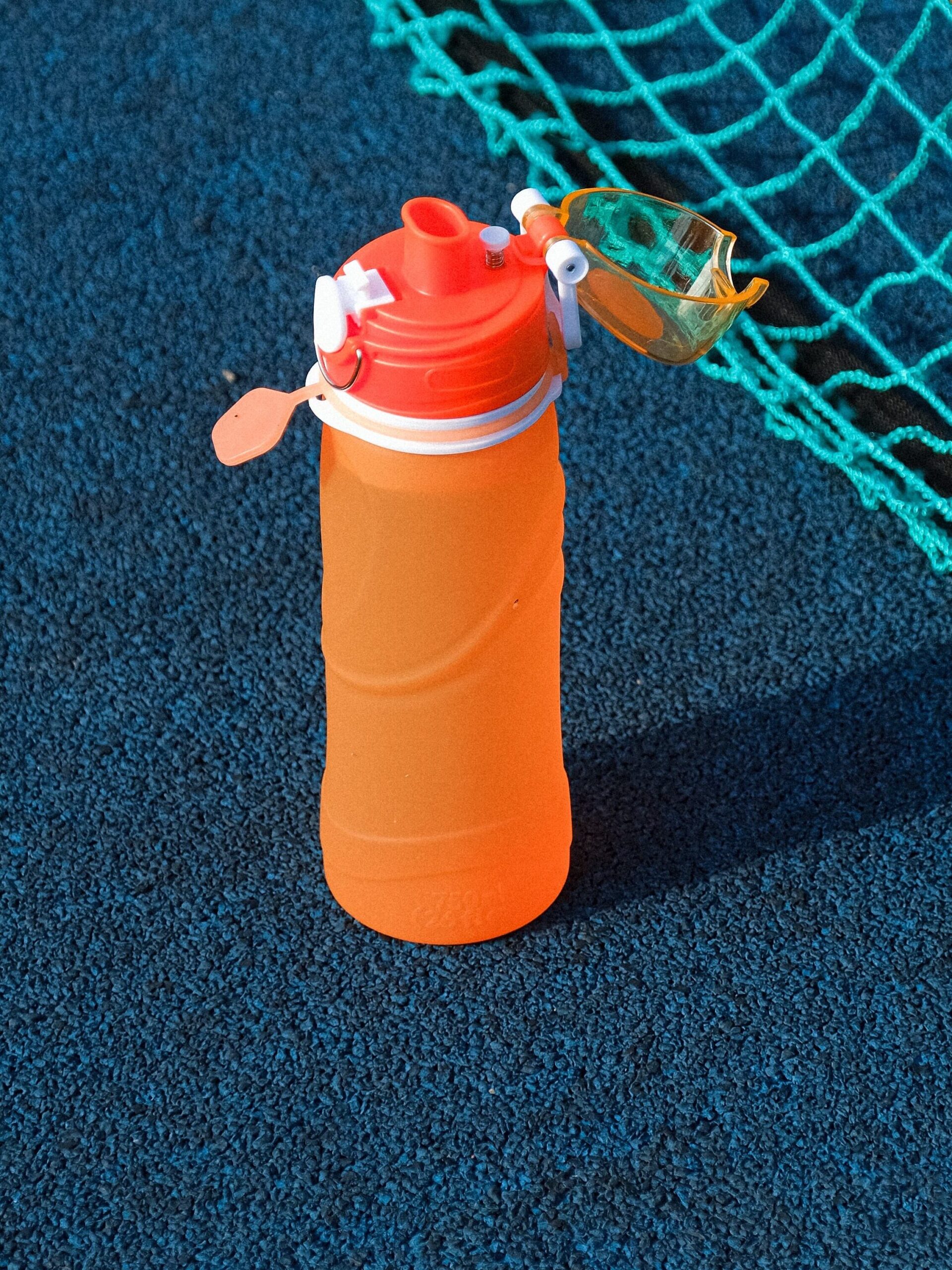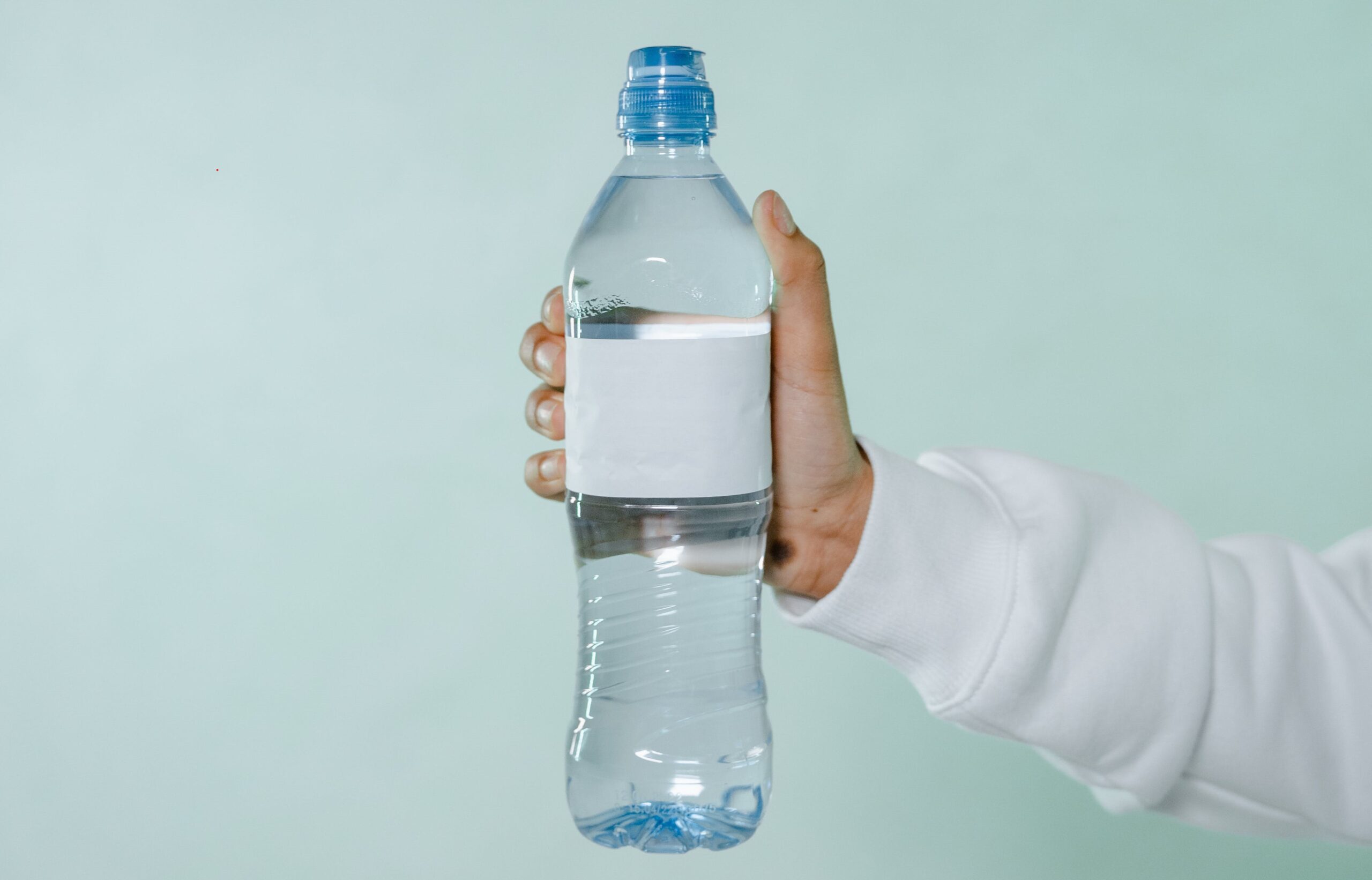The journey of a plastic bottle starts with oil extraction. Plastic bottles, like many other plastic products are made from fossil fuel.
1 million single-use plastic bottles are sold every minute.
We get it… there are 8 billion people on earth, so in perspective, 1 million a minute isn’t so bad. But let’s think about it. The process to produce and place a bottle of water on a store shelf is long, time consuming and actually quite heavy on the natural resources. But the contents of that bottle are consumed within a few minutes. And that’s what the issue is. Bottled water is a convenience at a cost.
Bottled water uses 2000 times more energy to produce than tap water.
About three liters of oil, and a quarter liter of oil is used to produce and distribute one 1 L plastic bottle.
The process to place a bottle of water on a store shelf starts with oil and gas extraction. These natural resources, using a lot of energy are transformed into polymers and then to resins, which eventually take the desired shape under high pressure and heat.
Similar processes take place simultaneously for caps and labels. There are also several layers of plastic wrapping that are used in packaging and transportation.
Bottle manufacturing is just one part of the process. The empty bottles are transported to bottling plants where they are filled up with water or other beverages.
Filled up bottles are transported to distribution centers and from there they are delivered to the stores.
This long and tedious process takes place only for the consumer to drink up the water in the bottle in one to two minutes.


The cost of water in the bottle is less than 5% of the total cost.
An average bottle of water costs about one to two dollars. But only about 20-30% of that cost is for the water itself. The rest is for the packaging, distribution, marketing and retail.
On average bottled water costs anywhere between 0.8 cents to 1.3 cents pr fl. oz1. This does not include the sales tax and deposit collected for bottles in some states. Compared to municipal water that costs about 0.2 cents in Baltimore county, for example.
But this is only a comparison of the cost of water. Unlike municipal water that is supplied through household plumbing, bottled water adds an additional burden delivering it to household and then discarding the bottles after use. Even if these bottles are recycled, additional manual labor and energy is required to recycle.

The case for reusable bottles
Compared to single use bottles, reusable bottles take up a bit more resources to make but can be used over and over again. A plastic reusable bottle can be safely used for up to 5 years, a glass or metal bottle for more than a decade.
You can fill up the bottle with the drink of your choice.
The bottles come in all shapes and sizes.
Bottle manufacturing is just one part of the process. The empty bottles are transported to bottling plants where they are filled up with water or other beverages.
Filled up bottles are transported to distribution centers and from there they are delivered to the stores.
This long and tedious process takes place only for the consumer to drink up the water in the bottle in one to two minutes.

- Walmart and Costco store branded water price. ↩︎

